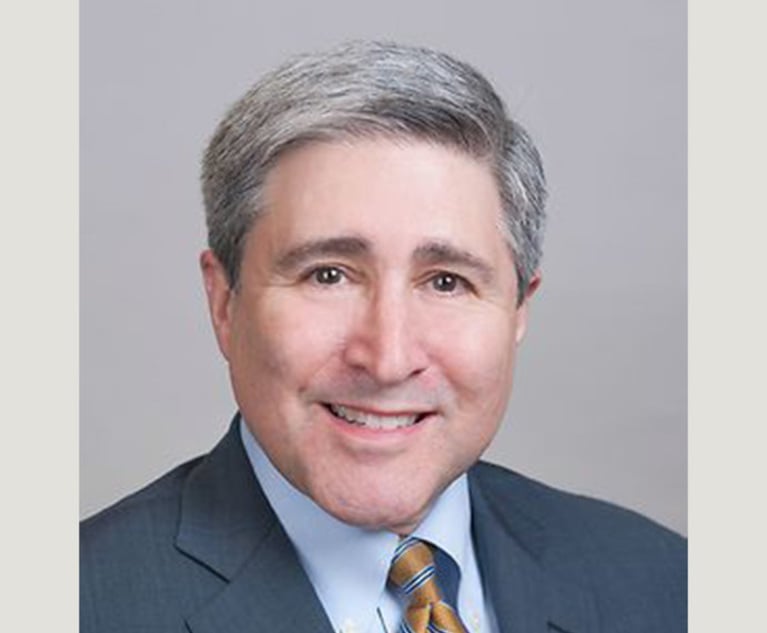Nothing shows Eastman Chemical's focus and solid ground gamebetter than its participation in benchmarking, a tool fordeveloping best practices and continuous improvement. “It shows youhow you are doing compared to other well-run companies,” CFO CurtEspeland says. “It lets you go to management and develop a road mapfor improvements. And it helps us prioritize.”
|The Atlanta-based Hackett Group applies benchmark formulas todozens of indicators of efficiency and effectiveness and designatesthe top performers –less than 10% of its universe–as world class.Eastman falls in that elite group for its finance performance, saysBryan Hall, a principal in Hackett's finance transformationpractice.
|Continuous improvement is evident is several areas. “When westarted benchmarking, we were closing the books in 10 days andrerunning a lot of financial numbers due to errors,” Espelandrecalls. “Benchmarking highlighted that weakness and we addressedit and improved to five days. When we started benchmarking, we haddelinquencies in customer payments of 20%, so we saw the problemand went to work on it. Now delinquencies are under 5%.”
|Using technology to gain efficiency is one reason Eastman scoreshigh, Hall says. “They made great use of their technologyinvestment. They focused on how they use their core ERP system toreduce the complexity of financial applications.
|“A lot of organizations have to touch 10 to 15 differentapplications just to close their books,” Hall adds. “Eastman workedhard to minimize that number, which dramatically improved itsscores for transaction processing efficiency.”
|The company's approach to technology emphasizes productivity.That's why it has paid so much attention to implementing a singleinstance of SAP across the enterprise, Espeland says. New softwareproducts, like Reval for forecasting commodity hedging and Treasurafor cash forecasting, have helped treasury and tax to improveproductivity, he adds.
|“Benchmarking is fundamental to our approach,” says Eastmancontroller Scott King. “We develop a strategy, try to execute itand then use benchmarking to find out how well we are doing.”
|King echoes Hall in citing Eastman's quicker, cleaner close. “Wecould see from the data that we were putting a great amount ofresources into transaction processing, spending too much timethere,” he says. “So we set out to streamline that effort. Thebenchmark data showed that we made great improvements.”
|When Espeland was named Eastman's controller in 2002, he set outon a seven-year journey to transform finance by reducing the effortspent on transaction processing and improving accuracy so thatthere would be no surprises. “We don't want surprises,” he says.“We cut the closing time in half, got rid of most of the errors,and made the process more transparent. Now we have a qualityclose.”
|The benefits of the improved close go well beyond performingthat exercise neatly. By streamlining transaction processing,Eastman's finance staffers gained more time for strategic issues,and it shows in the benchmarking.
|“In 2002, 11% of the finance team was involved in planning andstrategy,” Hall reports. “In 2009, that number went up to 29%. Theyrepurposed finance to get closer to the business units, and we sawcompelling evidence that business leaders were asking for andgetting more help from finance in providing insights andanalytics.” Hackett polls senior leaders to find out how well theythink finance is serving their needs, he explains.
|Bringing high efficiency to transaction processing set upEspeland's next play, which was to embed financial expertise withinbusiness units and make finance people trusted advisers.
|“The Hackett data for 2009 show that 74% of our constituents inthe businesses saw finance as an expert or valued partner,” hesays. “That was the best combined score Hackett has ever seen.Finance now definitely has a seat at the table with the businessunits.”
Complete your profile to continue reading and get FREE access to Treasury & Risk, part of your ALM digital membership.
Your access to unlimited Treasury & Risk content isn’t changing.
Once you are an ALM digital member, you’ll receive:
- Critical Treasury & Risk information including in-depth analysis of treasury and finance best practices, case studies with corporate innovators, informative newsletters, educational webcasts and videos, and resources from industry leaders.
- Exclusive discounts on ALM and Treasury & Risk events.
- Access to other award-winning ALM websites including PropertyCasualty360.com and Law.com.
*May exclude premium content
Already have an account? Sign In
© 2024 ALM Global, LLC, All Rights Reserved. Request academic re-use from www.copyright.com. All other uses, submit a request to [email protected]. For more information visit Asset & Logo Licensing.








